Although I prefer to use solder, hot glue, duct tape and, more recently, plastic filler to bound two parts together. The instant glue has some great uses, here are some techniques used by me for some time.
As usual, before gluing, sand the surface to make it rough and make sure to clean it from any oil or oxidation.
Baking Soda
Pour some instant glue drops on the surface and sprinkle baking soda over it, then pour instant glue again.
Useful as a quick fix for a guitar nut, as a filling when repairing wood cracks or to help gluing some metals or plastics.
HDPE Plastic
My guitar pickup screw hole stripped. To fix I poured some drops of glue and a little of ground HDPE plastic(from bottle caps). After the cure I just drilled a new hole. Still working for over a year, even taking out the pickguard two times.
Removing from a surface or skin
Rub acetone or nail polish remover. Don’t use that on wood furniture.
Improve useful life
Put the instant glue bottle inside an air-tight container with silica gel, calcium chloride or even rice. Low temperature helps too.
Prevent and treat blisters
Can be used as a protection to prevent or to seal a popped blister caused when playing instruments, running or doing any hard work.
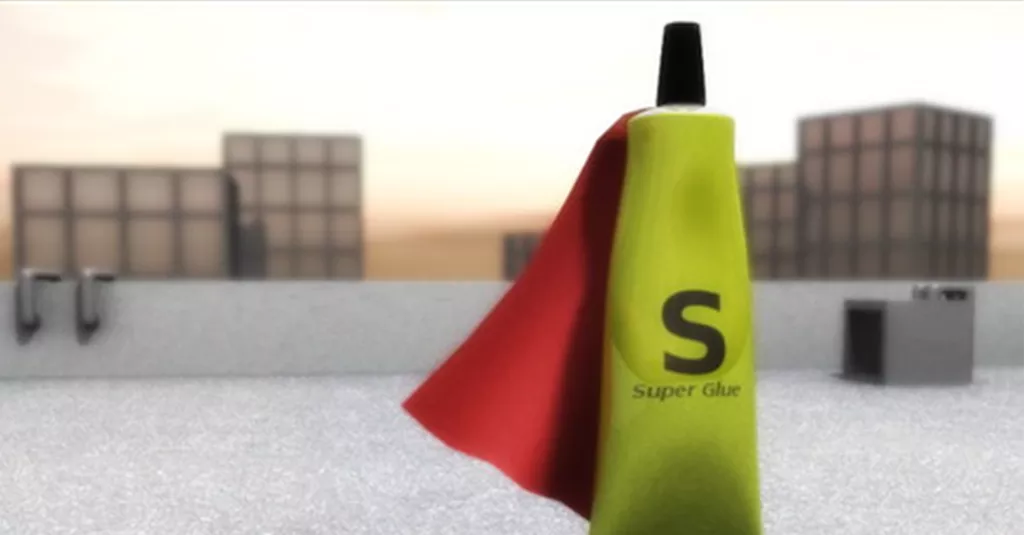
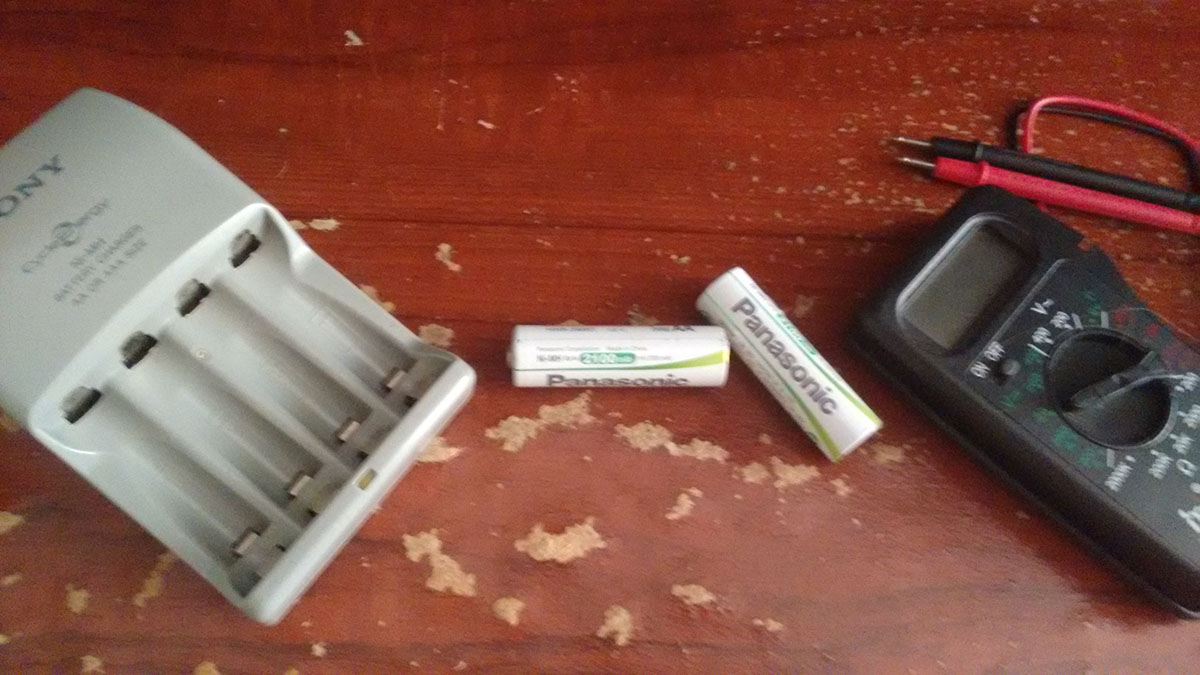
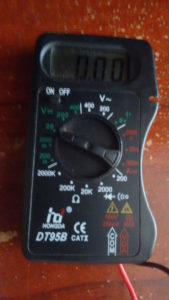 First try charging your batteries two or three times, if they still don’t charge up, you can check with your multimeter in the dc voltage setting. You should get a value like 0 volts, but I read somewhere that some chargers start charging after some threshold, so you may read something below 0.8 volts.
First try charging your batteries two or three times, if they still don’t charge up, you can check with your multimeter in the dc voltage setting. You should get a value like 0 volts, but I read somewhere that some chargers start charging after some threshold, so you may read something below 0.8 volts.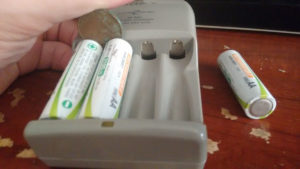
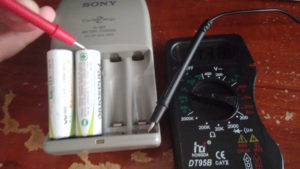
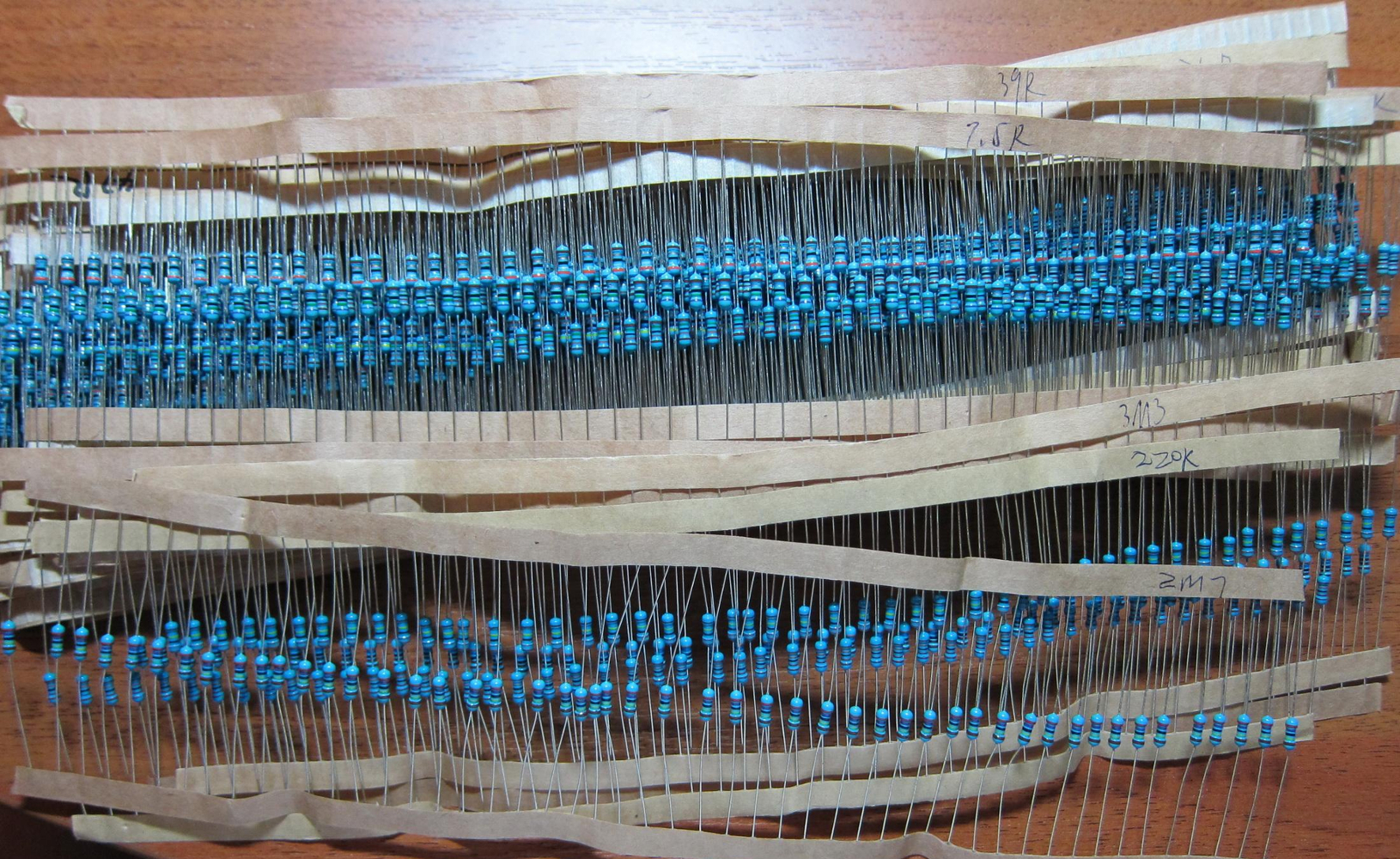
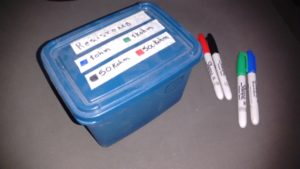
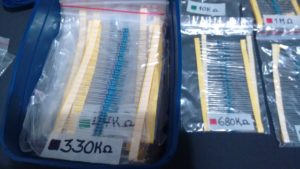 oday it’s very easy to source the resistors for new projects. I use the ziplock bags left over in the same way with the sourced components with a label with the project name.
oday it’s very easy to source the resistors for new projects. I use the ziplock bags left over in the same way with the sourced components with a label with the project name.